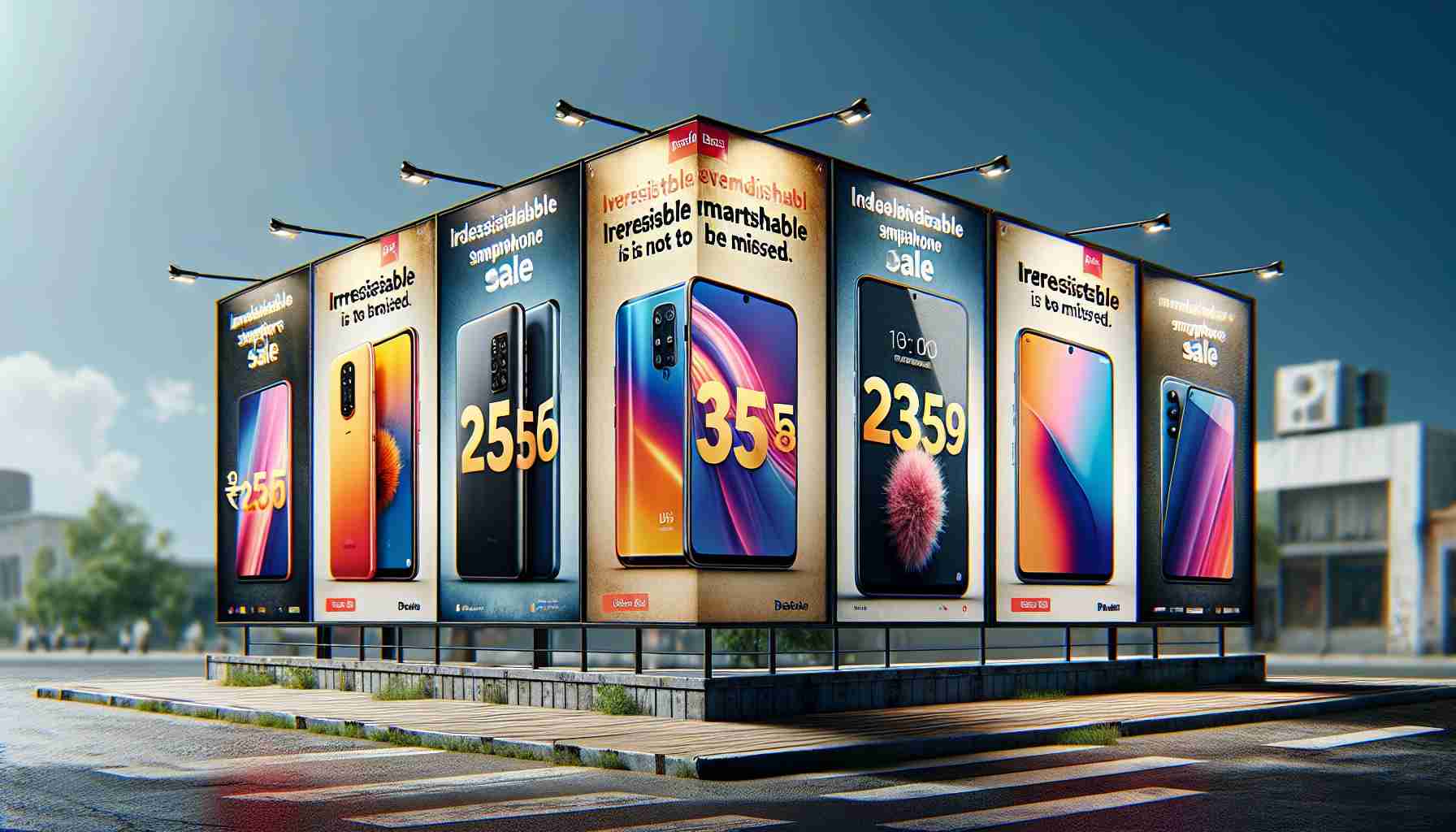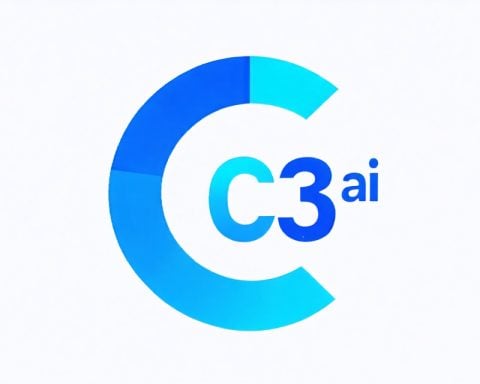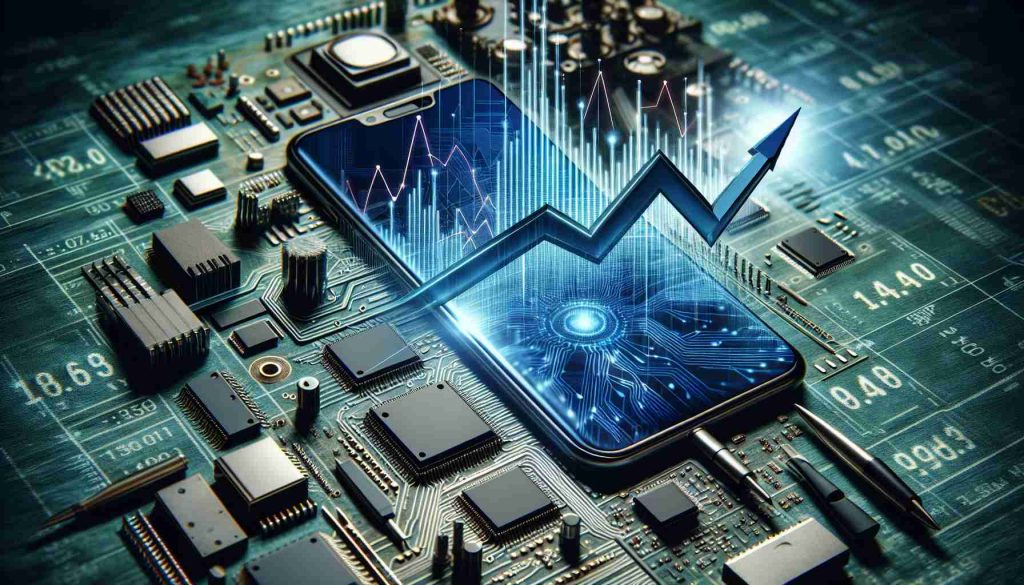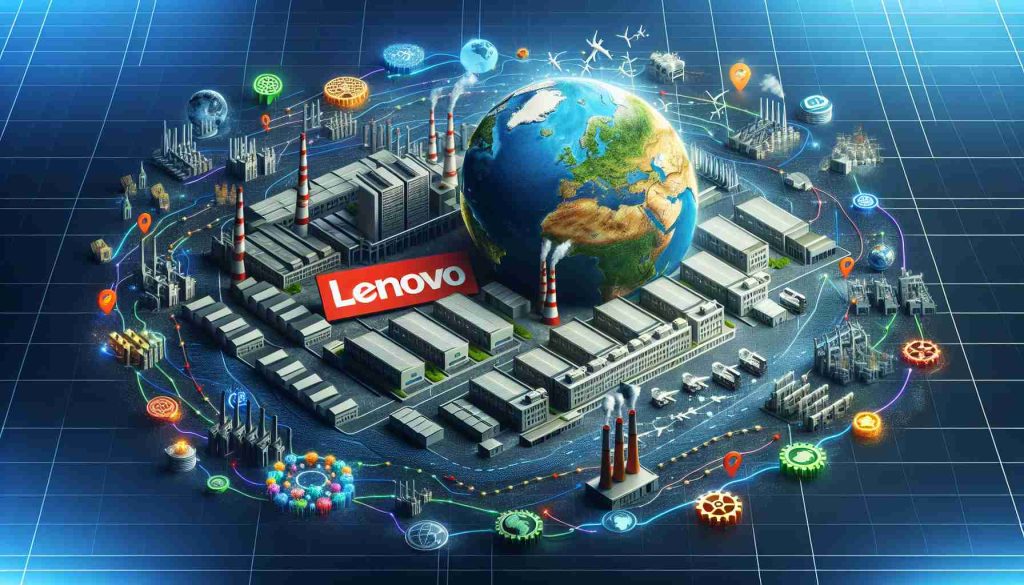In today’s bustling smartphone market, decisions are tough, especially when it comes to mid-range devices. If you’re on a budget but still crave top-notch performance, we’ve got you covered with a roundup of the best smartphones under ₹25,000 in 2024.
Motorola Edge 50 Neo stands out with its impressive 6.4-inch LTPO P-OLED display, featuring a 120Hz refresh rate for smooth scrolling and up to 3000 nits peak brightness. It’s powered by the capable MediaTek Dimensity 7300 chipset, boasting up to 12GB of RAM and 512GB storage. This model includes a versatile triple-camera setup, comprising a 50MP main, a 10MP telephoto, and a 13MP ultrawide camera for capturing every moment in stunning detail.
Next up, the Vivo T3 Pro offers a stellar 6.77-inch AMOLED display with the same 120Hz refresh rate, perfect for gaming and media consumption. It’s driven by the robust Snapdragon 7 Gen 3 processor, combined with 8GB RAM, ensuring a smooth experience. Its dual-camera setup features a 50MP main camera and an 8MP ultrawide, ideal for photography enthusiasts.
Don’t overlook the Nothing Phone 2a, renowned for its eye-catching design. It sports a 6.7-inch Flexible AMOLED display and is powered by the MediaTek Dimensity 7200 Pro chipset. With a dual-camera setup and a generous 5000mAh battery supporting fast charging, it’s a definite contender in this price range.
Explore these exciting options and discover how you can upgrade your smartphone experience without breaking the bank!
The Untold Impact of Mid-Range Smartphones on Global Connectivity
As we dissect the ever-evolving landscape of mid-range smartphones, particularly those under ₹25,000, it’s fascinating to delve into the ripple effects these tech marvels have on society. While our focus often rests on specifications and performance, the broader implications on people, communities, and even nations are profound. Here, we uncover aspects not highlighted in the typical consumer-focused discourse, shedding light on how such devices create waves far beyond individual user experience.
The Digital Bridge for Emerging Markets
Mid-range smartphones play a crucial role in bridging the digital divide, especially in emerging markets. Devices like the Motorola Edge 50 Neo, Vivo T3 Pro, and Nothing Phone 2a provide high-end features at an accessible price point, enabling millions to gain internet access where it was previously unaffordable. This connectivity empowers access to information, education, healthcare, and financial services, which are vital for uplifting communities economically and socially.
Environmental Considerations and Controversies
However, the production and disposal of smartphones raise significant environmental questions. The drive for cutting-edge, affordable devices often leads to a faster turnover rate. This cycle results in increased e-waste if not managed properly, fueling debates about the balance between innovation and sustainability. How do companies like Motorola, Vivo, and Nothing address these concerns, and what steps are they taking towards eco-friendly practices? The answers influence customer choices and brand loyalty.
Revolutionizing Business Models and Employment
Affordable smartphones stimulate economic activity, enabling small businesses and entrepreneurs to reach digital marketplaces. This technology sparks innovation in business models, with mobile apps and platforms creating new employment opportunities. From mobile money solutions to digital marketing, mid-range smartphones democratize entrepreneurship. But, is the business ecosystem prepared to handle such quick transformations, and are regulatory frameworks keeping pace?
Advantages: Democratization of Technology
– Increased Accessibility: Makes technology affordable for a wider audience, bridging socioeconomic gaps.
– Empowerment: Provides tools for education, financial transactions, and information access.
– Economic Growth: Spurs local economies via new business opportunities.
Disadvantages: The Dark Side of Connectivity
– Privacy and Security Concerns: As more people come online, there is an increase in cyber threats targeting less tech-savvy users.
– Overconsumption: Drives consumerism, leading to potential mental health issues such as stress and addiction to technology.
What Lies Ahead?
As technology advances, how will mid-range phones continue to reshape our world? Can innovation proceed without compromising ethical and environmental concerns? These questions challenge manufacturers and consumers alike to consider the broader impact of their tech-enhanced lifestyles.
For further insights on the impact of technology on society, visit World Bank and World Economic Forum for their latest analyses on global digital inclusion initiatives.























